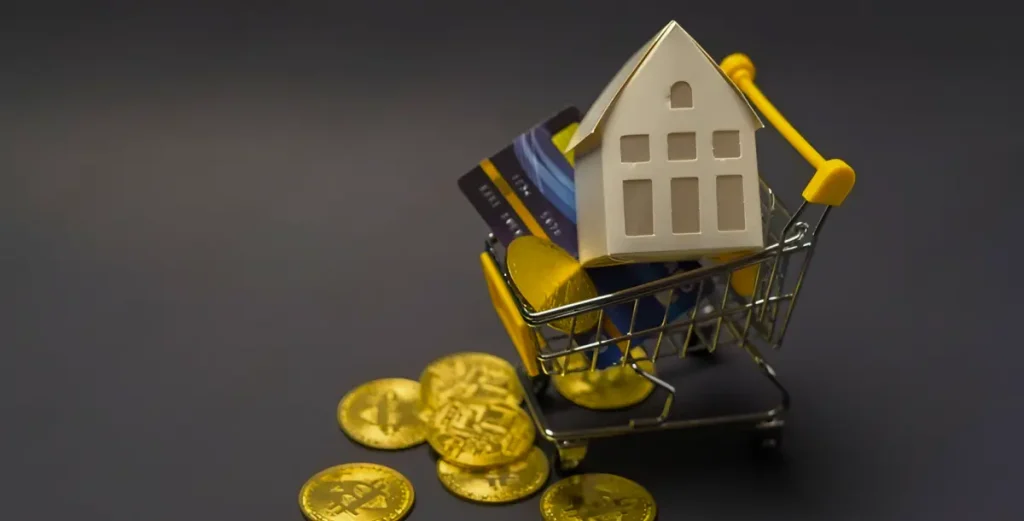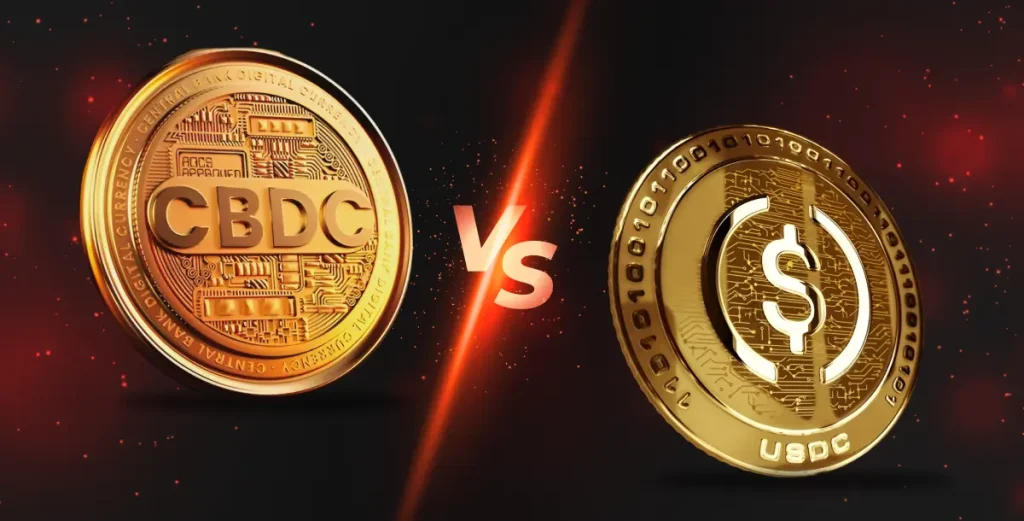Tokenization is not just a passing trend; it is a fundamental structural shift in how we own, manage, and trade assets. This transformation is unlocking immense value from illiquid markets and redefining the architecture of finance. By converting real-world assets into digital tokens on a blockchain, we can create more accessible, efficient, and transparent financial systems.
This playbook will guide you through the complete lifecycle of asset tokenization. We will explore everything from selecting the right assets and understanding the core benefits to building deep, sustainable liquidity in secondary markets. This guide provides a clear roadmap for institutions, investors, and innovators looking to capitalize on this powerful evolution in financial services.
What Is Tokenization of Assets?
At its core, tokenization of assets is the process of converting ownership rights of a physical or digital asset into a digital token on a blockchain. Think of a token as a digital certificate of ownership. It can represent a share in a commercial real estate building, a piece of fine art, a stake in a private equity fund, or even a carbon credit.
Unlike traditional securitization, which bundles assets into complex financial instruments, tokenization uses blockchain technology to create a direct, unchangeable record of ownership. Each token is governed by a smart contract; a self-executing contract with the terms of the agreement directly written into code. This programmability automates processes like dividend distribution, interest payments, and compliance checks, making asset management more efficient and less prone to error. For a deeper dive, you can learn more about asset tokenization basics.
Why Tokenization Is the Future of Finance
The transition toward a tokenized economy is driven by undeniable advantages in efficiency, accessibility, and transparency. Tokenization streamlines cumbersome, paper-based processes that have defined traditional finance for centuries, reducing administrative overhead and settlement times from days to mere minutes. It also democratizes access to historically exclusive investment opportunities.
The potential for growth is immense. Industry analysts project that the real-world asset tokenization market size could reach into the trillions of dollars by 2030. According to a report from the Boston Consulting Group, the tokenization of global illiquid assets is expected to be a $16 trillion business opportunity by 2030. More recent estimates from other firms also report a market size between $10 trillion and $30 trillion by the end of the decade. This momentum signals that tokenization is the future, a transformative force that will unlock new capital pools and create more inclusive financial markets.
Choosing the Right Asset Classes for Tokenization
Not all assets are equally suited for tokenization. The most promising candidates are typically high-value, illiquid assets that can benefit from fractional ownership and increased liquidity. Key asset classes include:
- Real Estate: Tokenizing commercial properties, residential buildings, or land allows owners to sell fractional shares, giving smaller investors access to traditionally inaccessible markets.
- Private Equity and Venture Capital: Startups and funds can tokenize equity, offering liquidity to early investors and opening up venture capital opportunities to a broader vetted audience.
- Fine Art and Collectibles: High-value items like paintings, classic cars, and rare wines can be fractionalized, allowing multiple investors to co-own a single valuable piece.
- Commodities: Assets like gold, oil, and agricultural products can be tokenized to simplify trading and streamline supply chain verification.
- Intellectual Property: Royalties from music, patents, and film rights can be converted into tokens, creating a new revenue stream for creators and a novel asset class for investors.
When selecting an asset, key factors to consider include investor demand, the clarity of the legal and regulatory framework, and the potential benefits of fractionalization. Assets with stable, predictable cash flows and a clear valuation methodology are often the strongest candidates.
The Tokenization Process: From Asset Selection to Market Trading
The journey from a traditional asset to a tradable digital token involves a structured process that ensures legal compliance, technical soundness, and market viability. This path blends careful planning with robust technical execution to unlock the full potential of asset tokenization.
-
Planning for Success: Asset Selection and Strategy
The first phase is foundational. It begins with Asset Selection, where a suitable asset is identified for tokenization. This involves a feasibility study to validate market demand for the tokenized version of the asset. It’s not enough to simply have a valuable asset; there must be an audience ready to invest in its digital form.
Following selection, a Regulatory-Compliant Framework is designed. This is a critical step that defines the legal ownership structure (e.g., through a Special Purpose Vehicle) and ensures the token adheres to all relevant financial regulations in the target jurisdictions. This planning stage sets the groundwork for a secure and legally sound investment vehicle.
-
Technical Implementation: Designing and Minting the Token
Once the strategy is set, the process moves to technical implementation. Token Design is where the digital characteristics of the asset are defined. This includes choosing the right token standard, such as ERC-20 for fungible assets (like shares) or ERC-721/ERC-1155 for non-fungible, unique assets (like a specific property or limited partnership interest).
Next, the Token’s Behavior is configured within the smart contract. This can include crucial rules like transfer restrictions, whitelisting approved investors, or implementing a burn mechanism to manage supply. These programmable features are what give tokenized assets their flexibility, compliance and efficiency. The final technical step is Minting and Issuance, where the tokens are officially created on the blockchain and prepared for their initial offering.
-
Market Launch: Trading and Liquidity
The final phase brings the token to the market. After the primary issuance, the focus shifts to Secondary Trading and Liquidity. The token is listed on regulated digital asset exchanges, allowing investors to buy and sell it freely on a 24/7 basis. This creates a liquid market, which is essential for price discovery and allows investors to enter and exit their positions with ease, completing the asset’s transformation into a dynamic digital security.
Building Liquidity: Primary vs. Secondary Markets
The journey to a liquid tokenized asset begins with primary issuance but is ultimately defined by activity in secondary markets.
- Primary Issuance: This is the initial sale of tokens to investors, similar to an Initial Public Offering (IPO). During this stage, the asset owner raises capital by selling newly created tokens. The success of the primary issuance depends on strong marketing, clear legal structuring, and compelling asset value.
- Secondary Trading: True liquidity emerges when these tokens can be freely traded between investors on secondary markets, such as digital asset exchanges. A vibrant secondary market allows investors to enter and exit positions easily, which in turn increases the attractiveness of the asset. The absence of a robust secondary market can leave tokens illiquid, defeating one of the primary purposes of tokenization.
Several successful pilots of tokenized bond trading, led by major financial institutions and multilateral organizations, have already demonstrated the viability of this model, paving the way for broader adoption.
Final Thoughts: Building a Tokenized Economy
The tokenization of assets represents a paradigm shift in finance, offering unparalleled opportunities to create more liquid, accessible, and efficient markets. From choosing the right asset to building deep secondary market liquidity, each step in the process is crucial for success. Liquidity is the ultimate measure of a token’s value, and it is achieved through a combination of strong asset fundamentals, thoughtful legal structuring, and robust market infrastructure.
The journey toward a tokenized economy is well underway, and the organizations that embrace this transformation today will be the leaders of tomorrow. If you are ready to unlock the value of your assets and step into the future of finance, explore ChainUp tokenization solutions to begin your journey.




